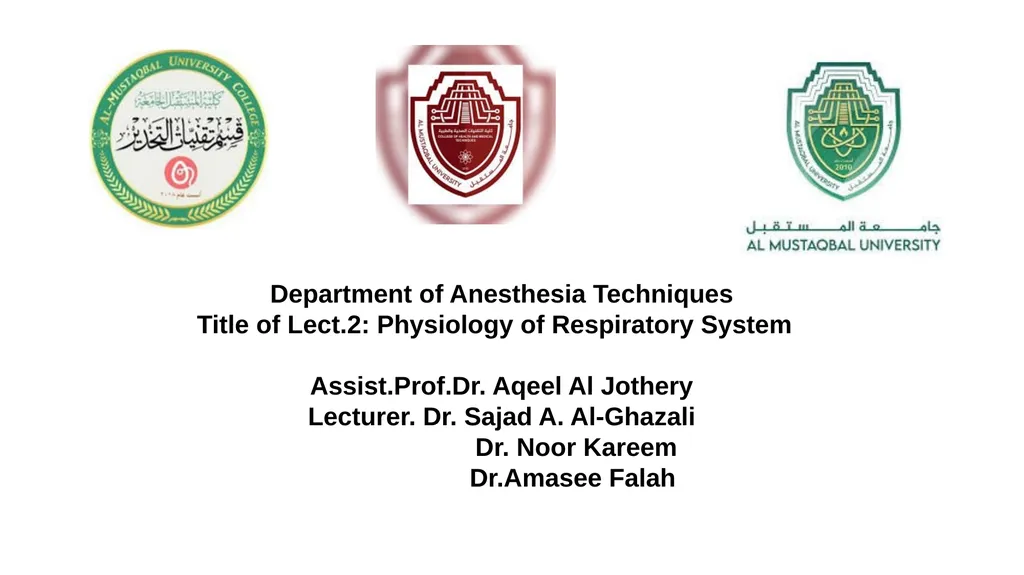Department of Anesthesia Techniques Title of
Author : ellena-manuel | Published Date : 2025-08-06
Description: Department of Anesthesia Techniques Title of Lect2 Physiology of Respiratory System AssistProfDr Aqeel Al Jothery Lecturer Dr Sajad A AlGhazali Dr Noor Kareem DrAmasee Falah Lung Volumes and Capacities Lung volumes and
Presentation Embed Code
Download Presentation
Download
Presentation The PPT/PDF document
"Department of Anesthesia Techniques Title of" is the property of its rightful owner.
Permission is granted to download and print the materials on this website for personal, non-commercial use only,
and to display it on your personal computer provided you do not modify the materials and that you retain all
copyright notices contained in the materials. By downloading content from our website, you accept the terms of
this agreement.
Transcript:Department of Anesthesia Techniques Title of:
Department of Anesthesia Techniques Title of Lect.2: Physiology of Respiratory System Assist.Prof.Dr. Aqeel Al Jothery Lecturer. Dr. Sajad A. Al-Ghazali Dr. Noor Kareem Dr.Amasee Falah Lung Volumes and Capacities Lung volumes and capacities: are fundamental measurements that describe the amounts of air the lungs can hold and how air moves in and out during breathing. They are important for assessing lung function and diagnosing respiratory conditions. 1. Tidal Volume (TV):The amount of air inhaled or exhaled during normal, resting breathing. Average: ~500 mL in a healthy adult 2-Inspiratory Reserve Volume (IRV): It is the amount of air that can be forcibly inhaled after a normal tidal volume. It is used during deep breathing. The normal adult value is 1900-3300ml. 3.Expiratory Reserve Volume (ERV): The additional air that can be exhaled forcibly after a normal tidal exhalation .Average: ~1,200 mL 4-Residual Volume (RV):The air remaining in the lungs after a maximal exhalation. Prevents lung collapse. Average: ~1,200 mL. Lung Volumes: Lung volumes are also known as respiratory volumes. It refers to the volume of gas in the lungs at a given time during the respiratory cycle and measured in milliliters (mL) They include: Lung Capacities Lung capacities are combinations of two or more lung volumes: 1.Inspiratory Capacity (IC):Maximum amount of air that can be inhaled after a normal exhalation. IC = TV + IRV . Average: ~3,500 mL. 2. Functional Residual Capacity (FRC): FRC = ERV + RV, Average: ~2,400 mL. Air remaining in the lungs after a normal exhalation. 3.Vital Capacity (VC): Maximum amount of air that can be exhaled after a maximal inhalation. VC = TV + IRV + ERV, Average: ~4,800 mL. 4.Total Lung Capacity (TLC): Total amount of air the lungs can hold. TLC = TV + IRV + ERV + RV Clinical Relevance 1.Restrictive Lung Diseases (e.g., pulmonary fibrosis): Decrease in lung volumes (especially TLC, VC, and RV). Lungs are stiff or limited in expansion. 2.Obstructive Lung Diseases (e.g., COPD, asthma): Increase in RV and FRC due to air trapping. Decrease in expiratory flow rates Measurement Techniques 1-Spirometry: Measures TV, IRV, ERV, and VC. 2-Body Plethysmography: Measures RV, FRC, and TLC. 3-Gas Dilution Techniques: Used to calculate lung volumes like RV Spirometry: is a common pulmonary function test used to measure lung functions and volumes. It helps diagnose and monitor conditions that affect breathing. During the test, a person breathes into a device called a spirometer,
Download Document
Here is the link to download the presentation.
"Department of Anesthesia Techniques Title of"The content belongs to its owner. You may download and print it for personal use, without modification, and keep all copyright notices. By downloading, you agree to these terms.
Related Presentations

Medical Services Commission June Anesthesia
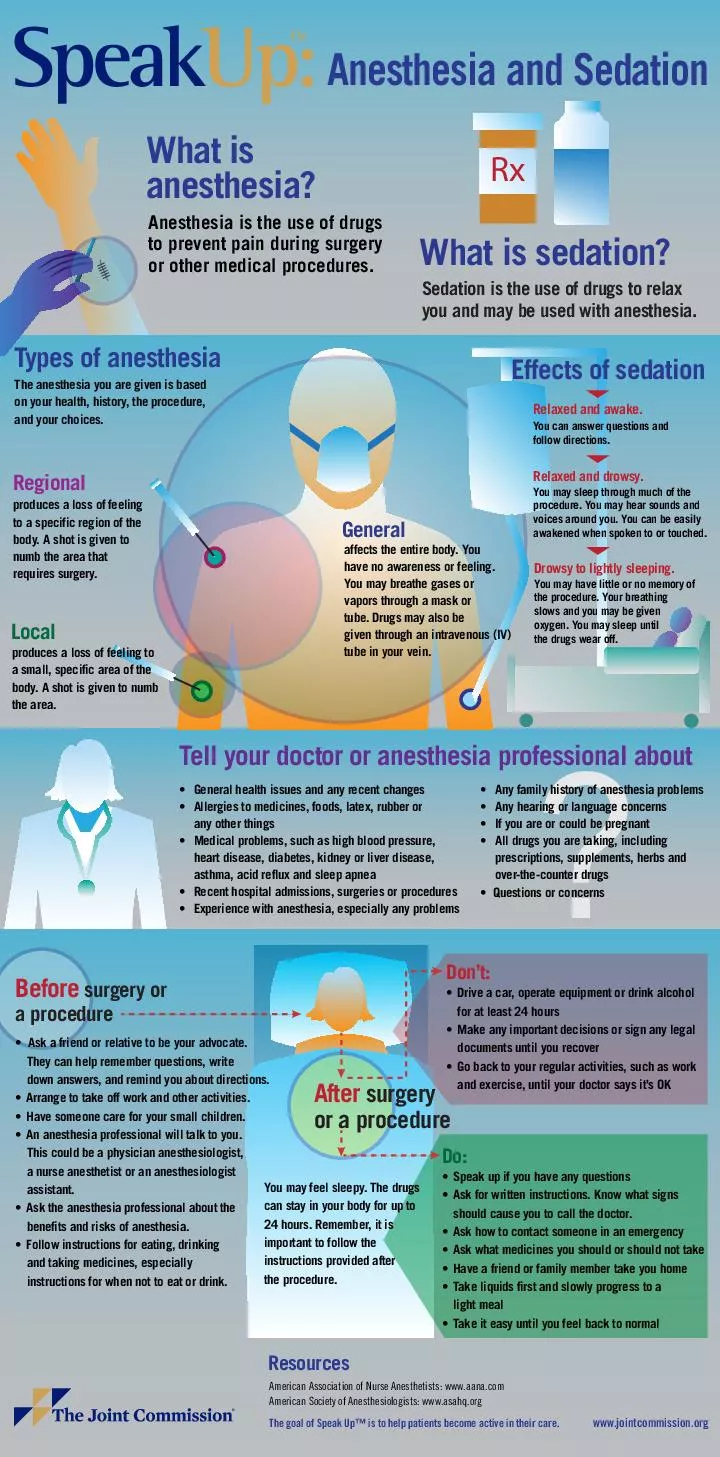
What is anesthesia Types of anesthesia Anesthesia is the use of drugs to prevent pain
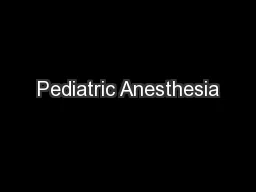
Pediatric Anesthesia

ANESTHESIA IN REMOTE LOCATIONS
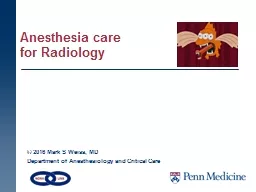
Anesthesia care
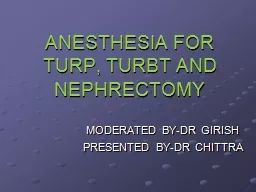
ANESTHESIA FOR TURP, TURBT AND NEPHRECTOMY
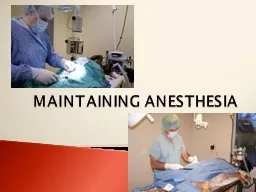
MAINTAINING ANESTHESIA
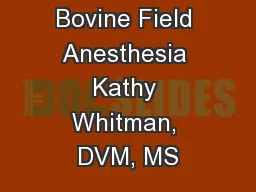
Bovine Field Anesthesia Kathy Whitman, DVM, MS
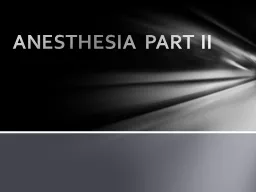
ANESTHESIA PART II Assessment
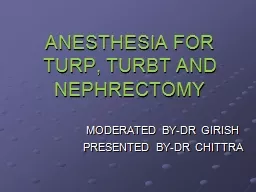
ANESTHESIA FOR TURP, TURBT AND NEPHRECTOMY
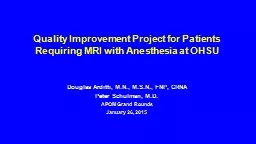
Quality Improvement Project for Patients Requiring MRI with Anesthesia at OHSU

Anesthesia Angst Kelly Lynn Cronin, MBA, BS, PHR, VTS (ECC), RVT
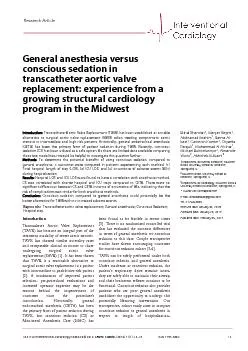
General anesthesia versusconscious sedation intranscatheter aortic val
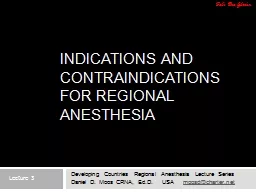
Indications and Contraindications for Regional Anesthesia
